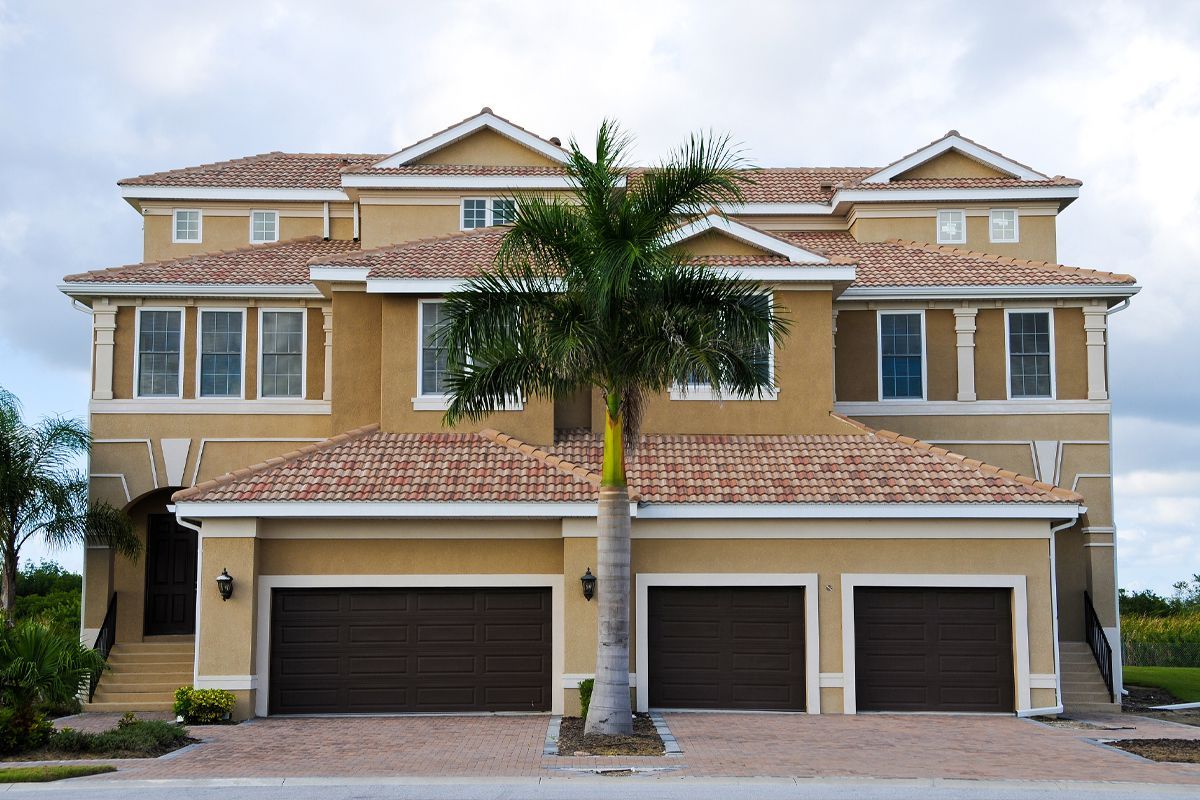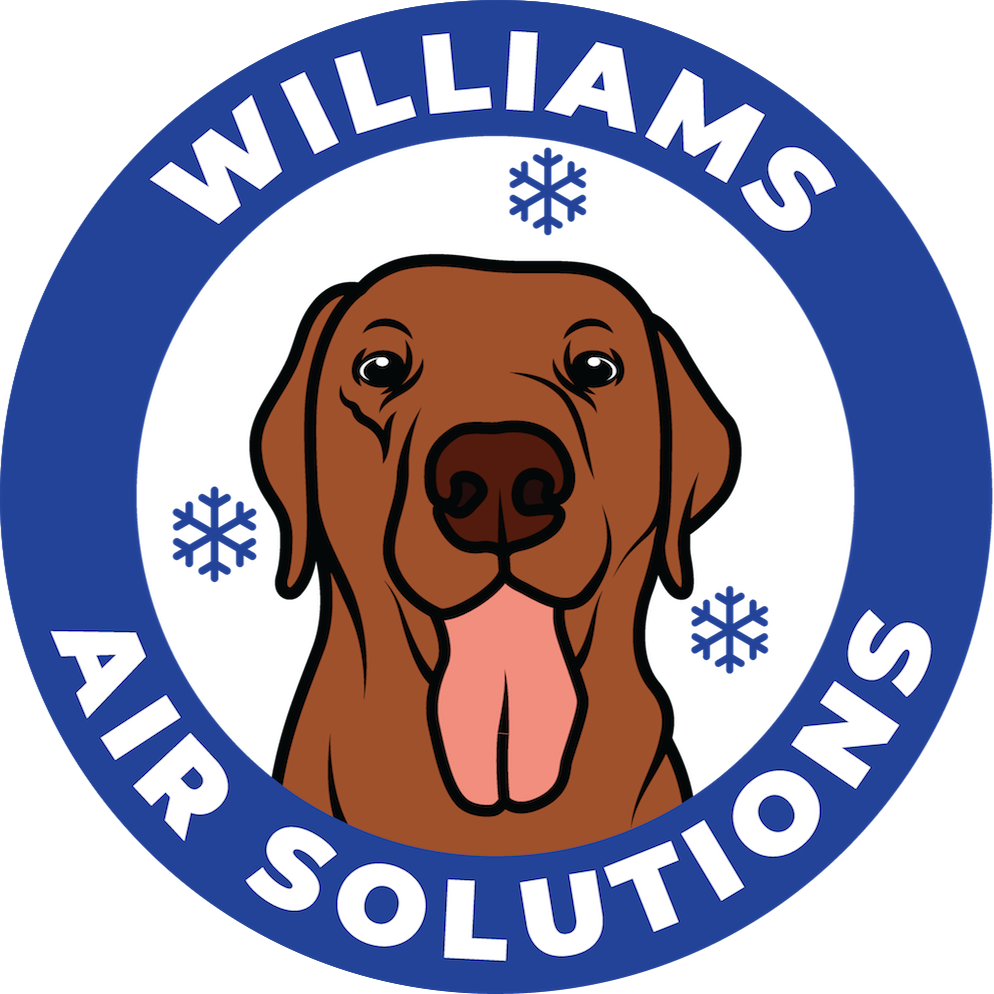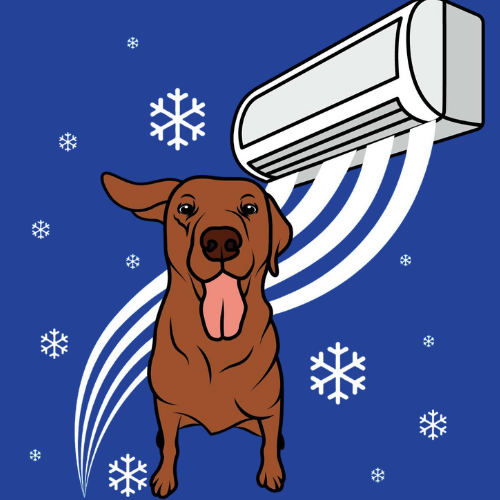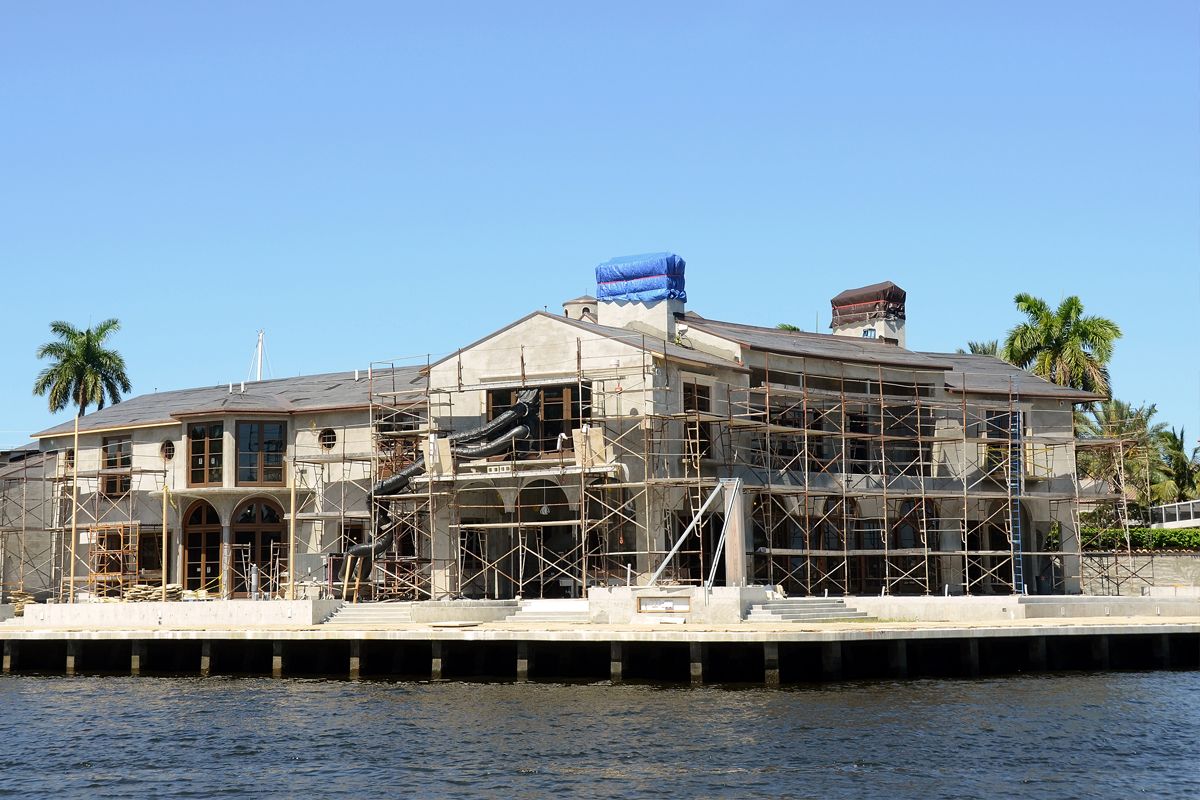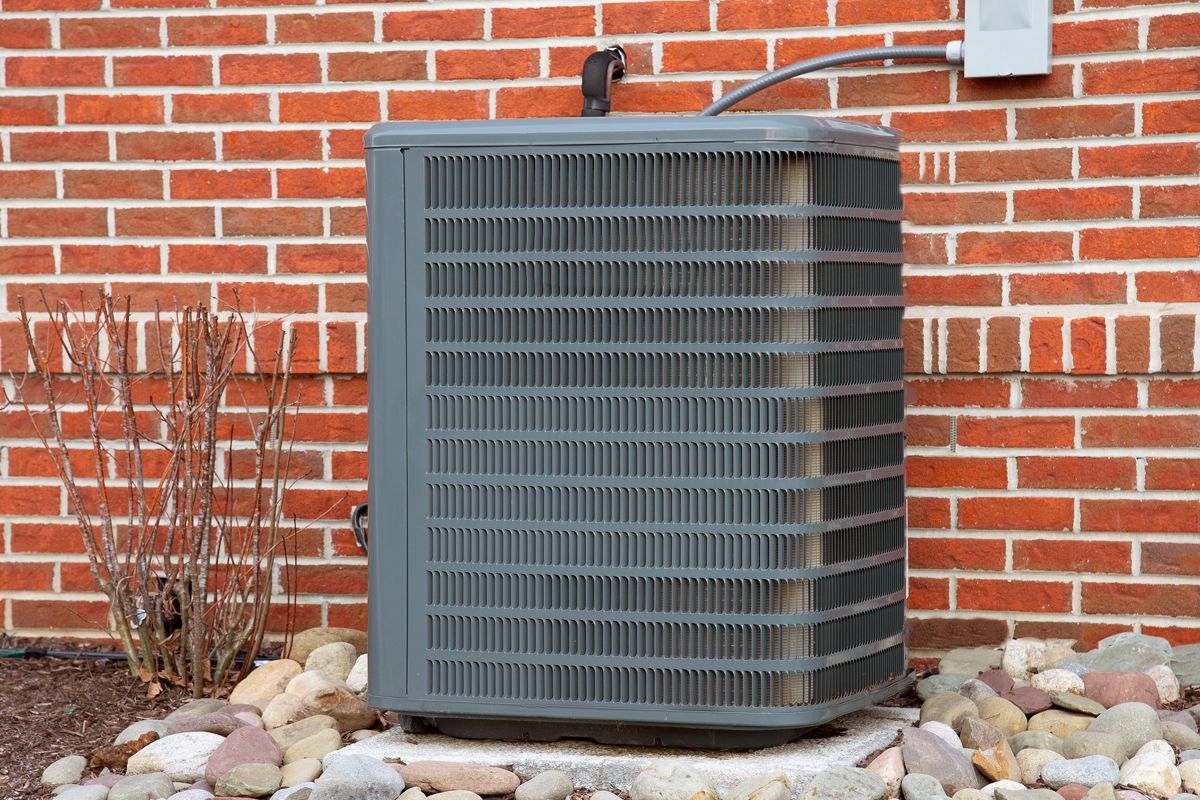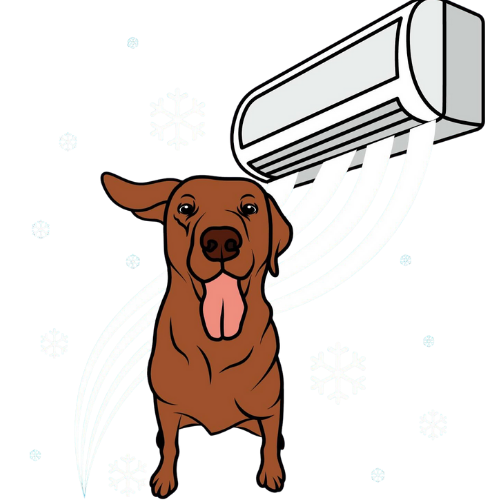How to Secure Your Outdoor HVAC Unit Before High Winds
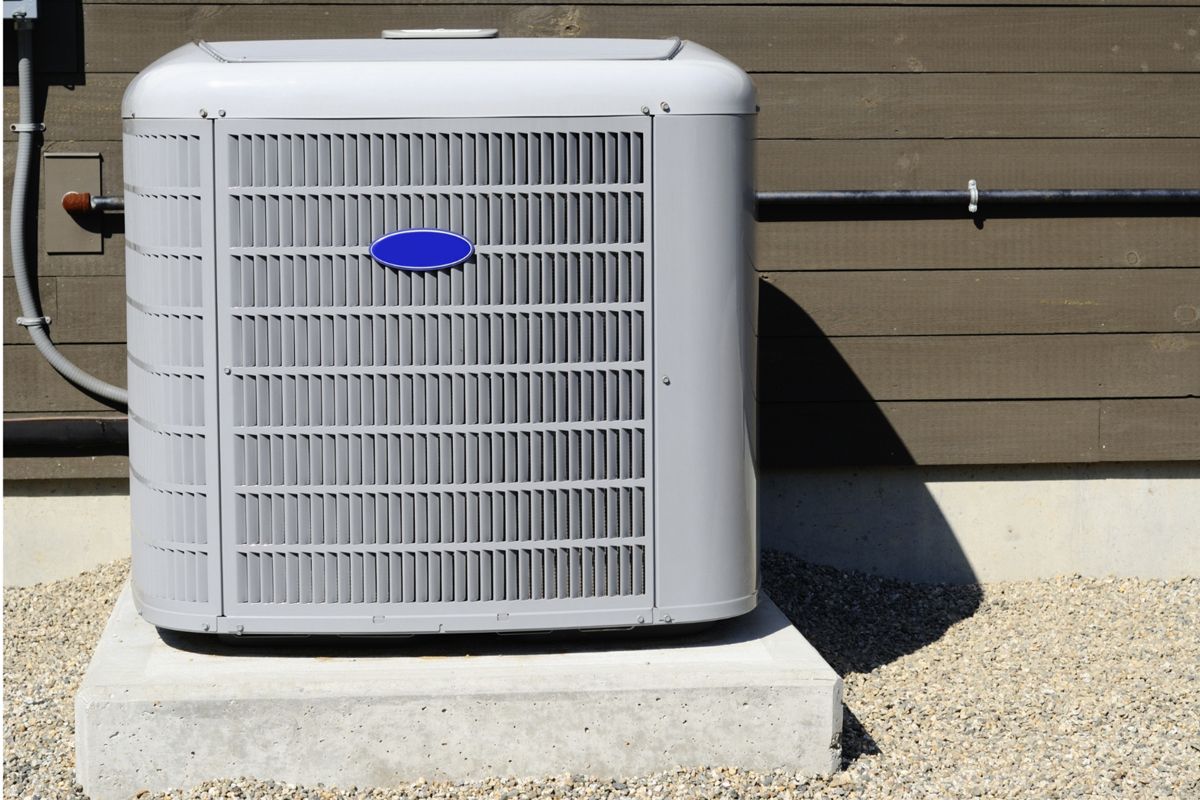
Living in Pinellas County means preparing for more than just heat and humidity. Every year, homeowners face the possibility of strong summer storms and hurricane-force winds. While most people think about boarding windows or securing patio furniture, one often-overlooked task is protecting the outdoor HVAC unit.
Your condenser is a critical piece of equipment, and without the right precautions, high winds can cause damage that leads to costly repairs or even system replacement. Here’s how to properly secure your outdoor HVAC unit before high winds arrive.
Why Storm Preparation Matters for HVAC Systems
Outdoor condensers are built to withstand tough weather, but they aren’t immune to flying debris, flooding, or extreme winds. Common storm-related issues include:
- Bent or damaged fan blades from falling branches
- Electrical damage from power surges or water exposure
- Units shifting or tipping over during high winds
- Clogged coils from storm debris
A few simple preventive steps can greatly reduce these risks and protect your investment.
Steps to Secure Your Outdoor HVAC Unit
1. Clear the Surrounding Area
Remove patio furniture, yard décor, potted plants, or loose items within 10–15 feet of your unit. High winds can turn these into projectiles that damage coils and fins.
2. Anchor the Unit Properly
Most HVAC units in Florida are installed on concrete pads, but adding hurricane straps or anchor brackets provides extra stability. A properly anchored unit is less likely to tip or shift during high winds.
3. Install a Protective Cage or Cover
A hurricane-rated cage can shield your unit from flying debris. If using a cover, make sure it’s designed for HVAC systems and doesn’t restrict airflow when the unit is operating.
4. Turn Off the Power Before the Storm
If a major storm is expected, switch the system off at the breaker. This prevents electrical damage caused by surges and protects internal components if flooding occurs.
5. Elevate If You’re in a Flood Zone
For homes in low-lying or coastal areas, consider elevating the condenser on a raised platform. Even a few extra inches can prevent water from reaching electrical components.
Real-World Example in Pinellas County
During a summer storm last year, a homeowner in Belleair Beach lost cooling when their outdoor condenser shifted off its pad due to high winds. The unit’s refrigerant lines were damaged, leading to a costly repair. After replacement, we anchored the new system with hurricane straps. The following season, the unit stayed secure through two major storms with no issues.
Additional Protection Tips
- Use Surge Protectors: Lightning and power outages are common in Florida storms. A whole-home surge protector can save your HVAC system’s electronics.
- Schedule Post-Storm Inspections: Even if your unit looks fine, debris inside coils or electrical panels can cause delayed issues. A quick inspection ensures your system is safe to operate.
- Consider Maintenance Plans: Professional technicians can include storm prep and recovery checks as part of a scheduled service plan.
Preparing your HVAC system for high winds is as important as any other part of your storm readiness plan. By clearing the area, anchoring your unit, shutting off power, and using surge protection, you can prevent damage and ensure your system is ready when you need it most.
At Williams Air Solutions, we specialize in helping Pinellas County homeowners protect and maintain their HVAC systems through every season.
Stay ahead of storm damage — call Williams Air Solutions at
(727) 353-0090 today and ask about securing your system before the next storm hits.
